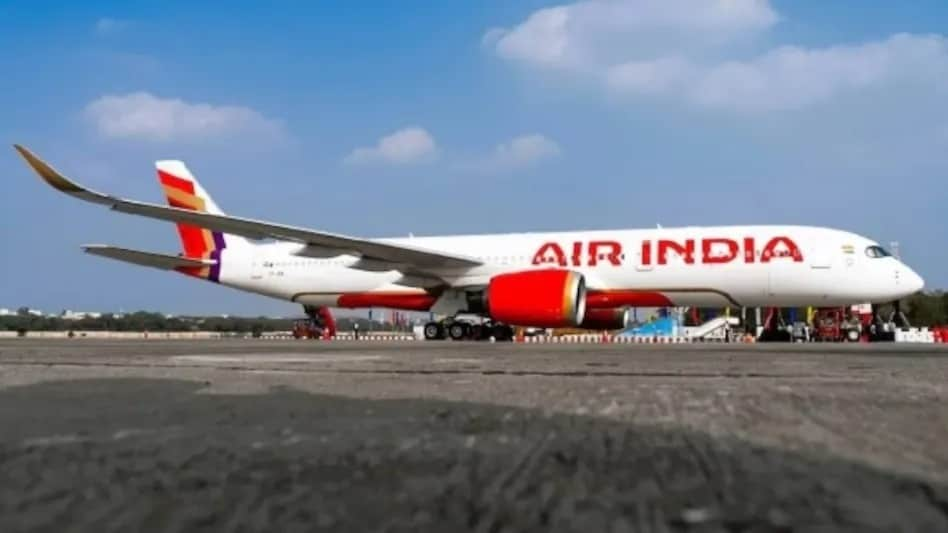 After Air India crash, spotlight turns to India's MRO gaps and aviation safety net
After Air India crash, spotlight turns to India's MRO gaps and aviation safety net After Air India crash, spotlight turns to India's MRO gaps and aviation safety net
After Air India crash, spotlight turns to India's MRO gaps and aviation safety netFor India’s aviation industry, June 12 felt like the day the music died.
The sector had been soaring — buoyed by mega aircraft orders, ambitious regional connectivity schemes, rising private investment, and a dream that “a person wearing ‘hawai chappal’ will fly in an aeroplane.”
But the crash of what was once considered ‘un-crashable’ — a Boeing 787 Dreamliner — in Ahmedabad has punched serious holes in the nation’s aviation infrastructure.
Black Box
The Black Box—comprising the Digital Flight Data Recorder (DFDR) and Cockpit Voice Recorder (CVR) — of Air India flight 171 was recovered on June 13, a day after the crash.
The device has suffered extensive damage, and the Aircraft Accident Investigation Bureau (AAIB) lab at Udaan Bhawan, Delhi, will work on retrieving the information. The lab, billed as a ₹9-crore "state-of-the-art" facility, was inaugurated just two months ago. In the event that it fails to retrieve the data, the Black Box may be sent to the United States for decoding. .
Maintenance Infra
India’s aviation ambitions are also being undermined by inadequate Maintenance, Repair, and Overhaul (MRO) infrastructure — especially for wide-body aircraft.
While major players like Air India Engineering Services Limited (AIESL), GMR Aero Technic, and Tata Advanced Systems have a strong presence in the MRO space, most of their expertise is centered on narrow-body aircraft like the Airbus A320 and Boeing 737.
There is a serious shortage of facilities equipped to handle wide-body aircraft and the latest generation of engines. In addition, many existing MROs need major upgrades to meet international standards. Industry insiders also point to a lack of skilled engineers and high import duties on essential spare parts.
Air India last year began work on an MRO facility at the Bengaluru International Airport. The airline has roped in its partner Singapore Airlines’ maintenance and engineering arm SIAEC for the venture. Once complete later this year, the facility, spread over 35 acres, will provide base maintenance and various services for its entire fleet.
But, for now, Indian carriers continue to rely heavily on foreign facilities for major repairs — delaying turnarounds and raising costs.
‘Make in India’ Turbulence… Or Takeoff?
Efforts are underway to change this picture. Recent Union Budgets have rolled out incentives for the aviation sector, and India is gradually finding a foothold in the global aerospace supply chain.
Here are some bright spots:
· Airframe & Wing Parts: Firms like Aequs, Dynamatic Technologies, Gardner, and Mahindra Aerospace supply parts for the Airbus A320neo, A330neo, and A350 programs.
· Cargo Doors: Tata Advanced Systems manufactures cargo and bulk cargo doors for the A320neo.
· Rear Fuselage: Dynamatic Technologies has tied up with Deutsche Aircraft to produce the rear fuselage for the D328eco regional turboprop.
· Helicopter Fuselages: Tata (in partnership with Boeing) is making fuselages for Apache helicopters, while Mahindra Aerostructures is building those for Airbus’ H130.
· Composite Parts: Boeing sources high-end composite parts from its Bengaluru facility to support its global supply chain.
India’s aircraft components market touched $16.22 billion in 2024, and is projected to nearly double by 2033, propelled by localisation drives, policy support, and growing global partnerships. Over $2 billion worth of components are exported annually to global giants like Airbus and Boeing—thanks to Indian MSMEs and aerospace start-ups.
The Dreamliner crash has jolted India’s aviation sector out of its comfort zone. As the country aims for the skies, it must further strengthen the ground it takes off from.